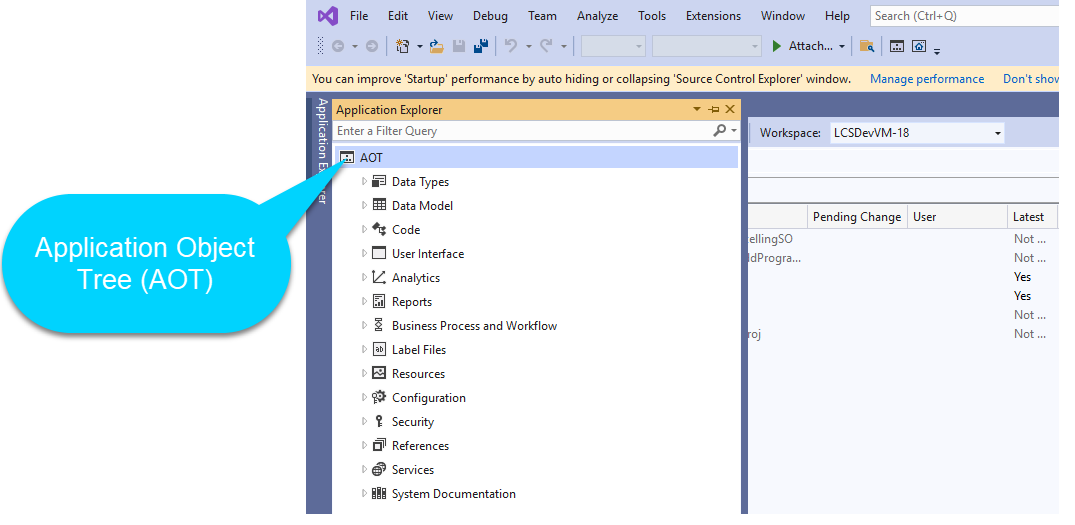Application Object Tree (AOT) in D365 F&O
Table of Content:
Application Object Tree (AOT) in D365
Discover the significance of the Application Object Tree (AOT) in Dynamics 365 Finance and Operations (D365 F&O). Explore how AOT serves as the central repository for application elements, simplifying development, customization, and management in D365 F&O.
The Application Object Tree (AOT) is a key feature of Microsoft Dynamics 365 Finance and Operations (D365 F&O) development environment. It is a hierarchical repository that stores all the application elements, such as tables, forms, classes, menus, and reports, that make up a D365 F&O solution.
The AOT can be thought of as the central hub for managing and organizing all the application objects in D365 F&O. Developers use the AOT to create, modify, and maintain application elements in the system. It provides a user-friendly interface that allows developers to browse, search, and access all the application objects.

The AOT is organized into several categories or node types, such as Data Dictionary, Forms, Classes, and Reports, to name a few. Each node type has its own set of child nodes that are specific to that category. For example, the Data Dictionary node type includes child nodes for Tables, Enums, and Base Enums.
The AOT also supports version control, allowing developers to track changes made to application objects and revert to previous versions if necessary. Additionally, the AOT provides various tools and utilities to help developers manage their development projects, such as code editors, debuggers, and deployment tools.